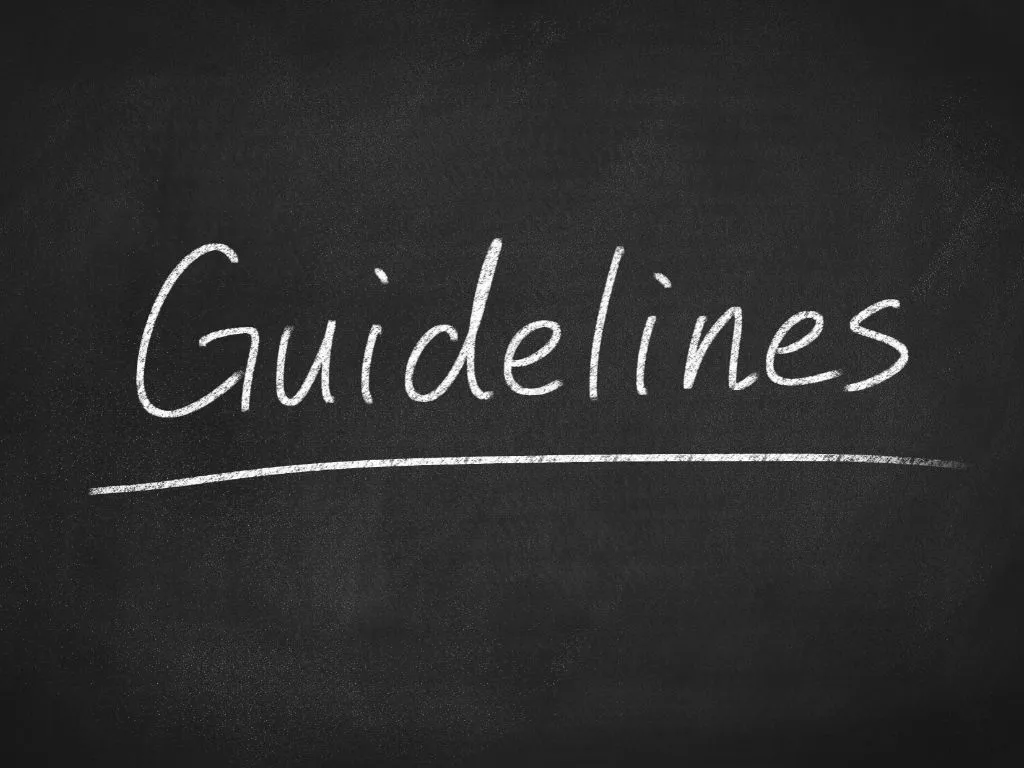

Reference source : China’s National Institute for Food and Drug Control
On July 8, 2024, China’s National Institute for Food and Drug Control (NIFDC) released the "Technical Guidelines for Compatibility Testing and Evaluation of Cosmetics and Packaging Materials". These guidelines aim to enhance regulatory oversight by ensuring that cosmetic products maintain their safety, effectiveness, and stability, and prevent adverse interactions with packaging materials. By evaluating compatibility, potential risks are identified and mitigated, preserving the quality and functionality of cosmetic products throughout their shelf life. This news highlights the key points, evaluation procedures, and results as outlined in the guidelines.
Key Indicators
Extractables: These are substances present in packaging materials that can be extracted using solvents, such as additives, residual monomers and degradation products.
Leachables: These are substances that migrate from packaging materials into cosmetics during migration tests or are generated during testing.
Evaluation Procedure
Preliminary Data Collection:
Identify the packaging materials that come into direct contact with the cosmetics.
Analyze the composition of these materials and understand the conditions under which they interact with the cosmetics.
Review theproduction process of the cosmetic.
Extraction Test:
Obtain information on extractables to predict potential leachables.
Choose extraction solvents with properties similar to those of the cosmetic.
Conduct extraction under conditions that mimic the cosmetic processing environment to extract as many substances as possible.
Interaction Study:
Assess the migration or reaction of packaging components into cosmetics under accelerated and long-term stability test conditions to obtain information on leachables.
Evaluation Conclusion:
Perform a safety assessment of the leachables.
Determine if the packaging material is suitable for use with the cosmetic.
Critical Parameters/Indicators
Extraction Test:
Solvent selection should consider compatibility with the cosmetic, focusing on pH, polarity and ionic strength.
Extraction conditions should mimic the processing conditions of the cosmetic.
Migration Test: Determine key indicators based on the type of packaging material:
|
Plastics |
Migration of residual monomers, additives and degradation products. |
|
Glass |
Impact of alkaline ion release on pH, migration of harmful elements, integrity of coatings. |
|
Metals |
Migration of metal ions, corrosion by contents, integrity of metal coatings. |
|
Rubber |
Migration of residual monomers, additives, integrity of coatings. |
|
Ceramics |
Migration of harmful elements from glazes, integrity of coatings. |
|
Membrane Fabrics and Capsules |
Migration of additives such as fluorescent whitening agents and colorants. |
|
Others |
Design migration tests based on the above factors to assess compatibility. |
Adsorption Test: Conducted if necessary to further assess interaction.
Results
The results are based on the analysis of extractables and leachables obtained from the tests. The types and quantities of leachables are identified, and their safety is evaluated. If the leachables fall within the limits specified in the Cosmetic Safety Technical Specification, the packaging material is deemed suitable. For substances without specified limits, a safety risk assessment ensures that they do not cause harm to human health under normal conditions of use. Stability tests further support the evaluation of the interaction between the cosmetic and the packaging materials, ensuring that the quality and safety of the cosmetic is maintained.
This structured approach ensures comprehensive assessment and compliance with safety standards, safeguarding consumer health and maintaining product integrity.
For more GPC information in Chinese, follow us on WeChat:
If you want to access the GHS report, please Register here in GPC Intelligence Portal click here
